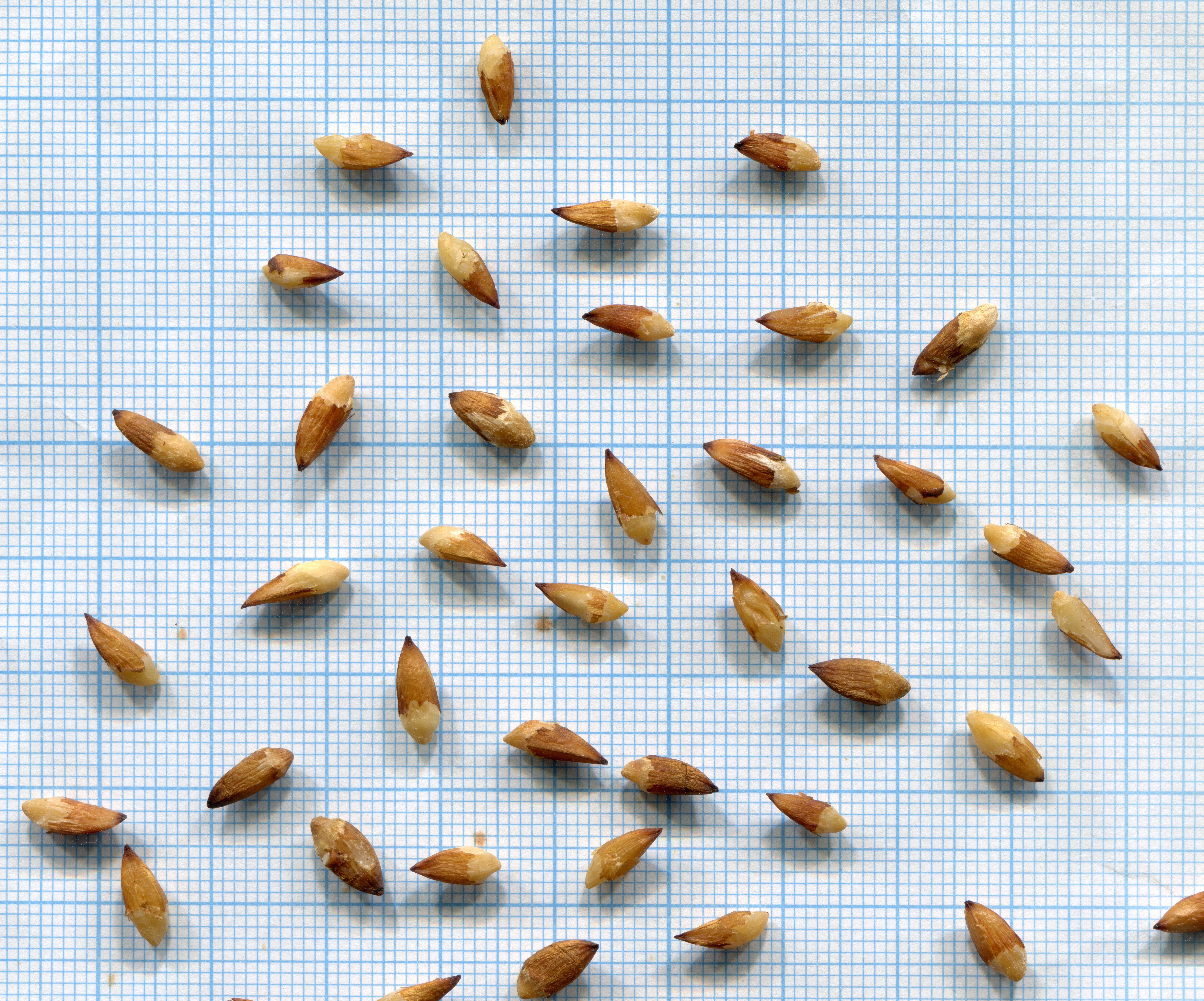The Syrian Juniper
October 2022

Juniperus drupacea is a relict, dioecious tree/shrub found in Turkey, Syria, Lebanon and Israel, while in Europe it is native only in Greece (in Mt. Parnon and in a small part of Mt. Taygetos). In Europe, according to the IUCN Red List criteria, J. drupacea has been characterized as endangered (EN), the most serious threats being grazing of saplings, timber overexploitation and climate change. Its seeds are around 1 cm in length and they weight between 18.4 - 67.9 mg. For the germination of the seeds cold stratification of at least 12 weeks is required while 16 weeks is the optimal duration. In nature the cones of the species and the seeds can be dispersed by animals like boars, foxes that eat the cone whole due to its fleshy exterior or by woodpeckers and rodents which open the woody interior of the cone and disperse the seeds.
The biological characteristics of the species in Greece is currently under studied in the project JUNIFOR. A second project under the name JUNIDRONE aiming to incorporate the use of Unmanned Area Vehicles (UAVs) in the study of Juniperus drupacea stands in the Northern part of Mt. Parnonas is still ongoing.